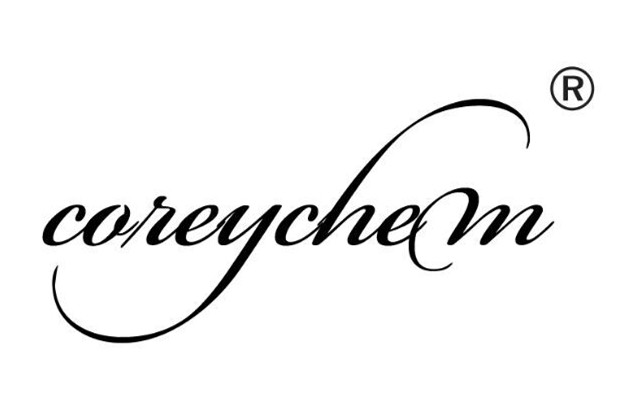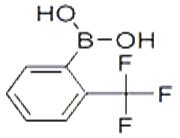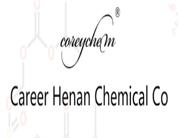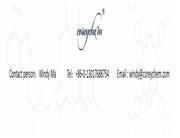| Chemical Properties |
Clear colorless liquid |
| Uses |
Banana essence. Used as test odorant in studies of olfactory function and in studies of the psychosocial effects of odor. |
| Definition |
ChEBI: An acetate ester of pentanol. |
| General Description |
A mixture of isomers. A clear colorless liquid with a banana-like odor. Flash point varies from 65°F. to 95°F. Less dense (at 7.2 lb / gal) than water and slightly soluble in water. Hence floats on water. Vapors heavier than air. |
| Air & Water Reactions |
Highly flammable. Slightly soluble in water. |
| Reactivity Profile |
AMYL ACETATE is an ester. Esters react with acids to liberate heat along with alcohols and acids. Strong oxidizing acids may cause a vigorous reaction that is sufficiently exothermic to ignite the reaction products. Heat is also generated by the interaction of esters with caustic solutions. Flammable hydrogen is generated by mixing esters with alkali metals and hydrides. Amyl acetate is incompatible with the following: Nitrates; strong oxidizers, alkalis & acids . |
| Health Hazard |
Irritation of eyes, nose and throat. Dizziness, nausea, headache. |
| Fire Hazard |
HIGHLY FLAMMABLE: Will be easily ignited by heat, sparks or flames. Vapors may form explosive mixtures with air. Vapors may travel to source of ignition and flash back. Most vapors are heavier than air. They will spread along ground and collect in low or confined areas (sewers, basements, tanks). Vapor explosion hazard indoors, outdoors or in sewers. Runoff to sewer may create fire or explosion hazard. Containers may explode when heated. Many liquids are lighter than water. |
| Safety Profile |
Moderately toxic by intraperitoneal route. Human systemic effects by inhalation: conjunctiva irritation, headache, and somnolence. A human eye irritant. Apparently more toxic than butyl acetate. Chronic toxicity is of a low order. Dangerous fire hazard when exposed to heat or flame; can react with oxidizing materials. Moderately explosive in the form of vapor when exposed to flame. To fight fire, use alcohol foam, dry chemical. When heated to decomposition it emits acrid smoke and irritating fumes. See also ESTERS, AMYL ALCOHOL, and ACETIC ACID. |
| Purification Methods |
Shake the ester with saturated NaHCO3 solution until neutral, washed it with water, dry with MgSO4 and distil it. The ester has also been purfied by repeated fractional distillation through an efficient column or spinning band column. [Timmermann & Hennant-Roland J Chim Phys 52 223 1955, Mumford & Phillips J Chem Soc 75 1950, 1H NMR: Crawford & Foster Can J Phys 34 653 1956, Beilstein 2 IV 152.] |
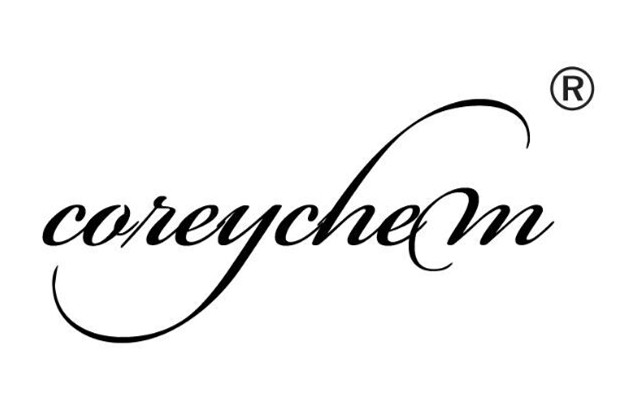
 China
China

